We walk around her streets and neighborhoods... but do we know the origins of the different names of Montpellier?
If the city of Montpellier seduces French and foreigners with its sweet Mediterranean fragrance, it also plays its charms thanks to the diversity of its environment. Indeed, each part of Montpellier has its own personality: from the heart of the historic centre and its picturesque little streets to the impressive architecture of the Antigone district.
In the one that is also surnamed “La Surdouée”, one likes to walk there. But finally, do we really know her? Discover the origin of Montpellier’s names, streets and neighbourhoods!
Montpellier, where does your name come from?
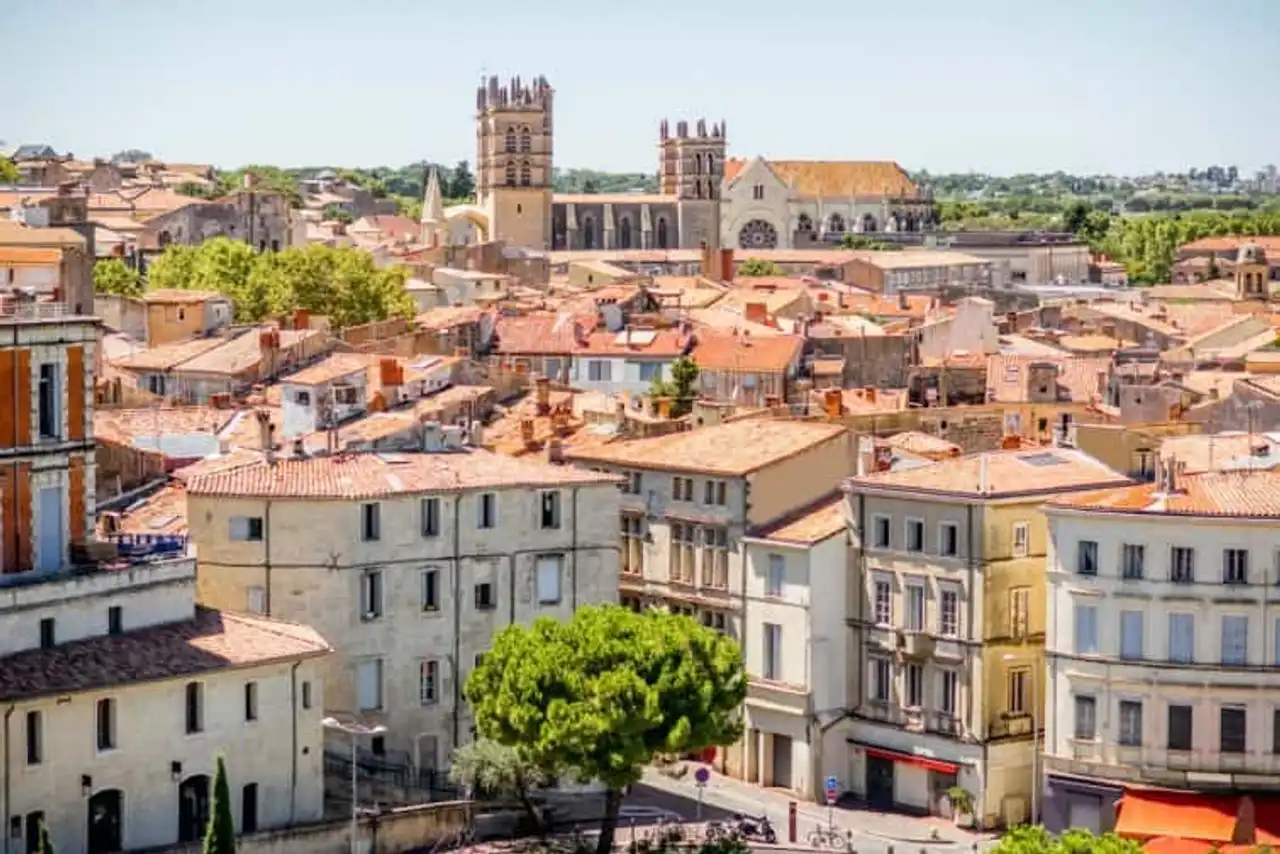
Photo credit: Shutterstock – RossHelen
It may be difficult to believe, but it is in 985 that the name of Montpellier appears for the first time! However, the origin of its meaning is uncertain and very discussed.
A first explanation would come from "Mons-Pessulus" meaning " the closed mountain by a lock » . This name would refer to the palissades that once surrounded the city. Indeed, originally built on a kind of garigue filled with wild herbs, the villagers would have decided to surround their lands with this rosewood and to close a lock. Thus, access to foreign livestock was cut and their herds could be swamped in peace.
The origin of the name of Montpellier would also come from « Montis Puellarum », the « Mount of girls » . This flattering name would have two explanations. The first refers to the two sisters of Saint Fulcran who would have been mistresses and donators of the city. The second emanates from the reputation of the beauty of the city's young girls. Indeed, tradition wants that " Montpellier has the most beautiful women in the kingdom of France. They have the best head ports. »
Other etymologies have also been advanced as Mons Petrosum ( Stone hill ) or "Montis Pestellarium", ( mountain pastels or spices ) in reference to the commercial position of the city in the trade of spices.
In the end, why do we call it " Overdue »? Just realize the legends that crossed his paths. Rabelais, Paul Valéry, André Gide, the writer and poet Francis Ponge or the philosopher and founder of the poet Auguste Comte... So many big names that flew in her charming alleys. It is also, today, a reference to the city’s express development. In just 30 years, Montpellier has changed its status to become the 7th city of France!
Why do we call the historic centre of Montpellier “L’Écusson”?
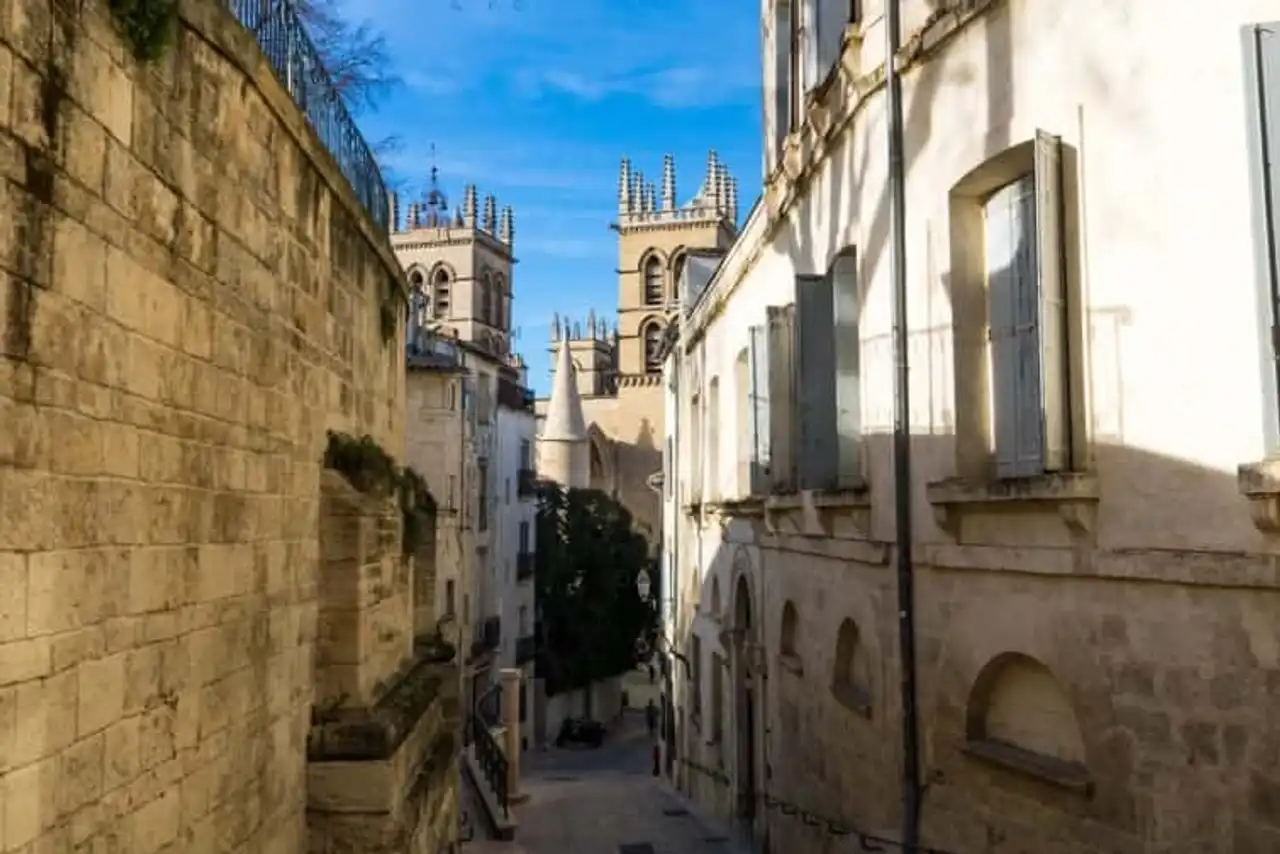
Photo credit: Shutterstock – ldgfr photos
The Ecusson district, the historic heart of the city of Montpellier, is the guarantor of the vestiges of the past. A medieval atmosphere that to say, still houses a house dating from the 14th century!
Developed on a hill, the area corresponds to the oldest part of Montpellier. The boulevards around it are located in the medieval ditches that once bordered the city’s main wall.
But then, why do we call this area “The Ecusson”? In reality, just look at the city on a map. Indeed, the historic centre resembles a pentagon, with its stable-shaped contour.
Where does the place of the Comedy hold its name?
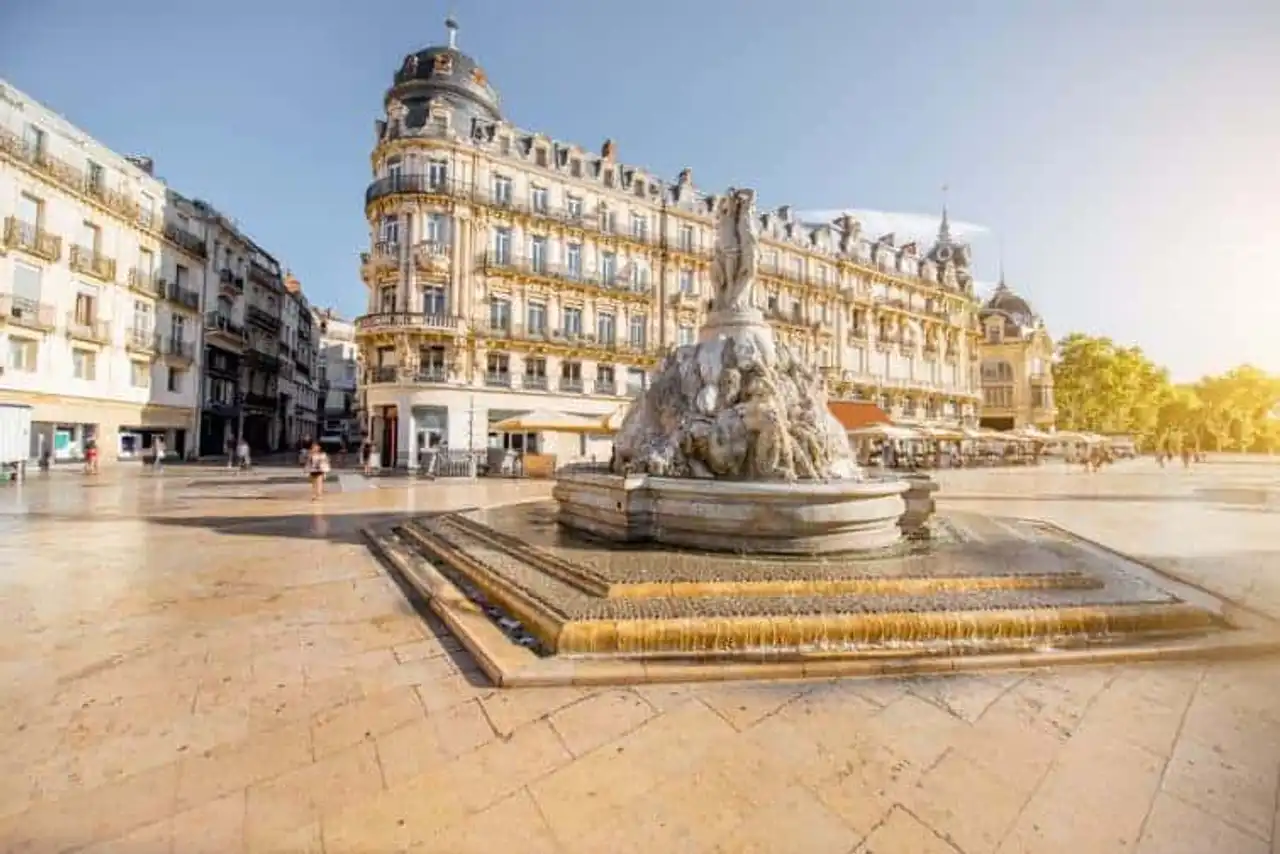
Photo credit: Shutterstock – RossHelen
Located southeast of the Ecusson, Place de la Comédie has become the beating heart of Montpellier. It is centrally located in the city and stretches on an old fortification space that leads to the citadel of Montpellier and the Charles-de-Gaulle esplanade.
The birth and origin of the name of the Place de la Comédie dates back to the 18th century. Indeed, it was at that time that the very first performance room in Montpellier was created, under the initiative of the Duke of Richelieu . Thus, the place name of the Comédie, as in other large cities, was born. For the little anecdote, the elders also called it "the place of the egg" because of its oval shape.
Rue de l’Ancien Courrier
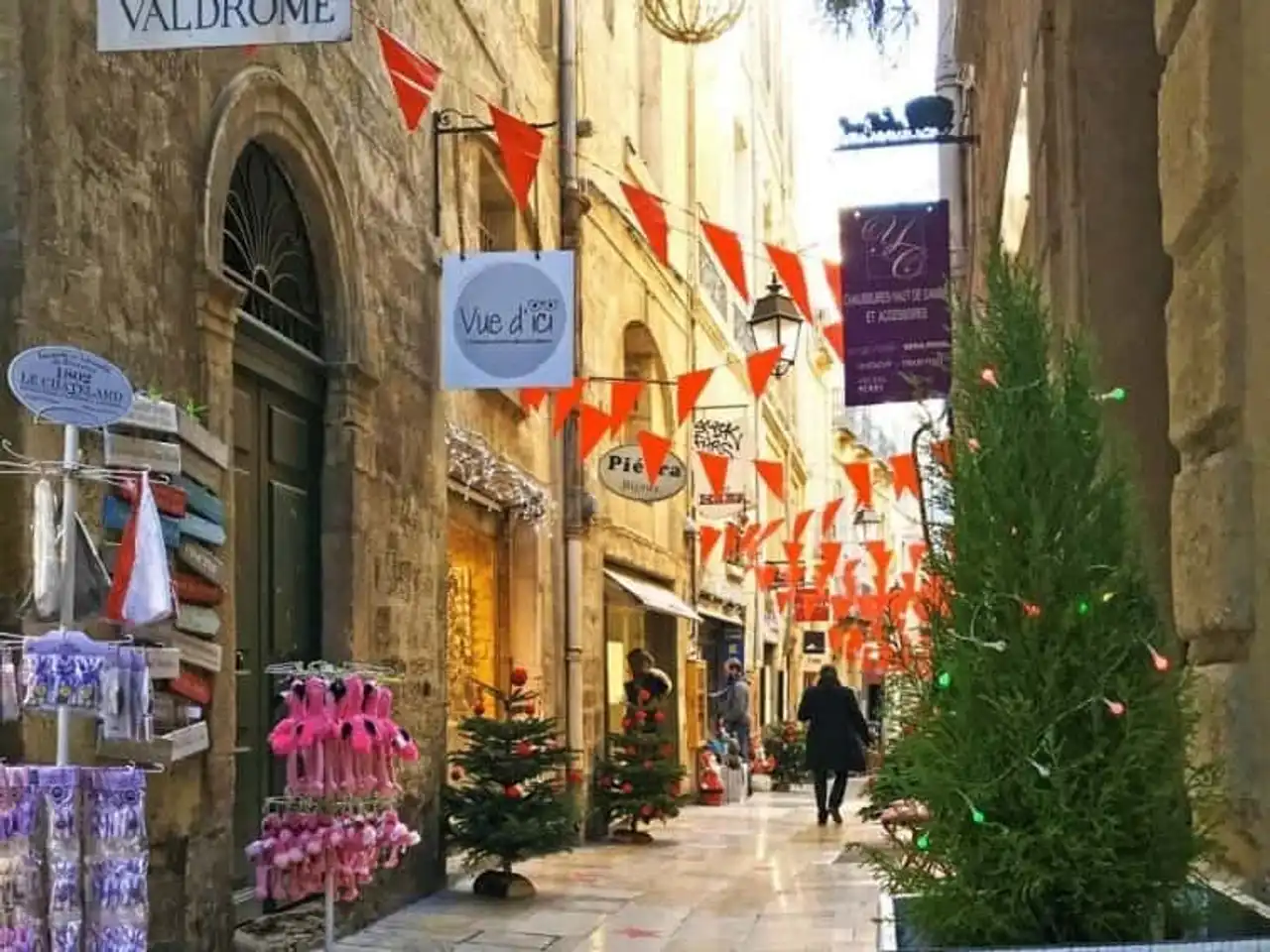
Photo credit: Facebook – Montpellier Méditerranée Tourisme
Detached with white stones and surrounded by renovated old buildings, Rue de l’Ancien Courrier is a beautiful assortment of traditional southern architecture and modernism.
And where does this name come from? Once again a witness to the past, the name of this alley of Montpellier is the origin of the former letters office. Indeed, it was nestled in the same small street at the time.
La rue de l’Aiguillerie
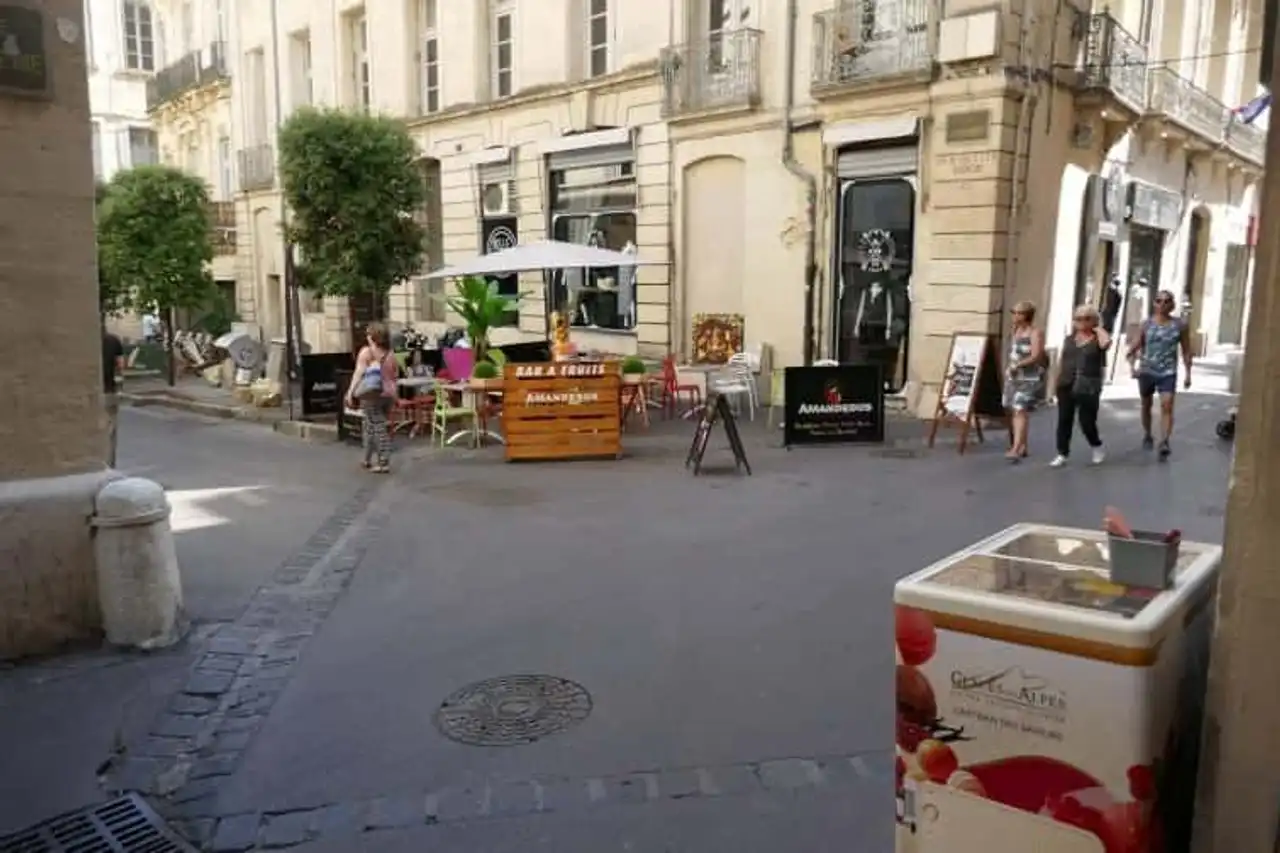
Photo credit: Facebook – Amandeous
Located in the heart of the historic centre, Rue de l’Aiguillerie is one of the oldest in the city. Also one of the most lively, it has become a most cosmopolitan place over the years, with its warm atmosphere and its many shops, cafes and restaurants.
But what is the origin of the name of this street in Montpellier? It simply refers to the "needers" that were once established there. At today’s time, the trade has indeed disappeared, but the name “Aiguillerie Street” has remained, a little glance at the past.
The street of the lodge
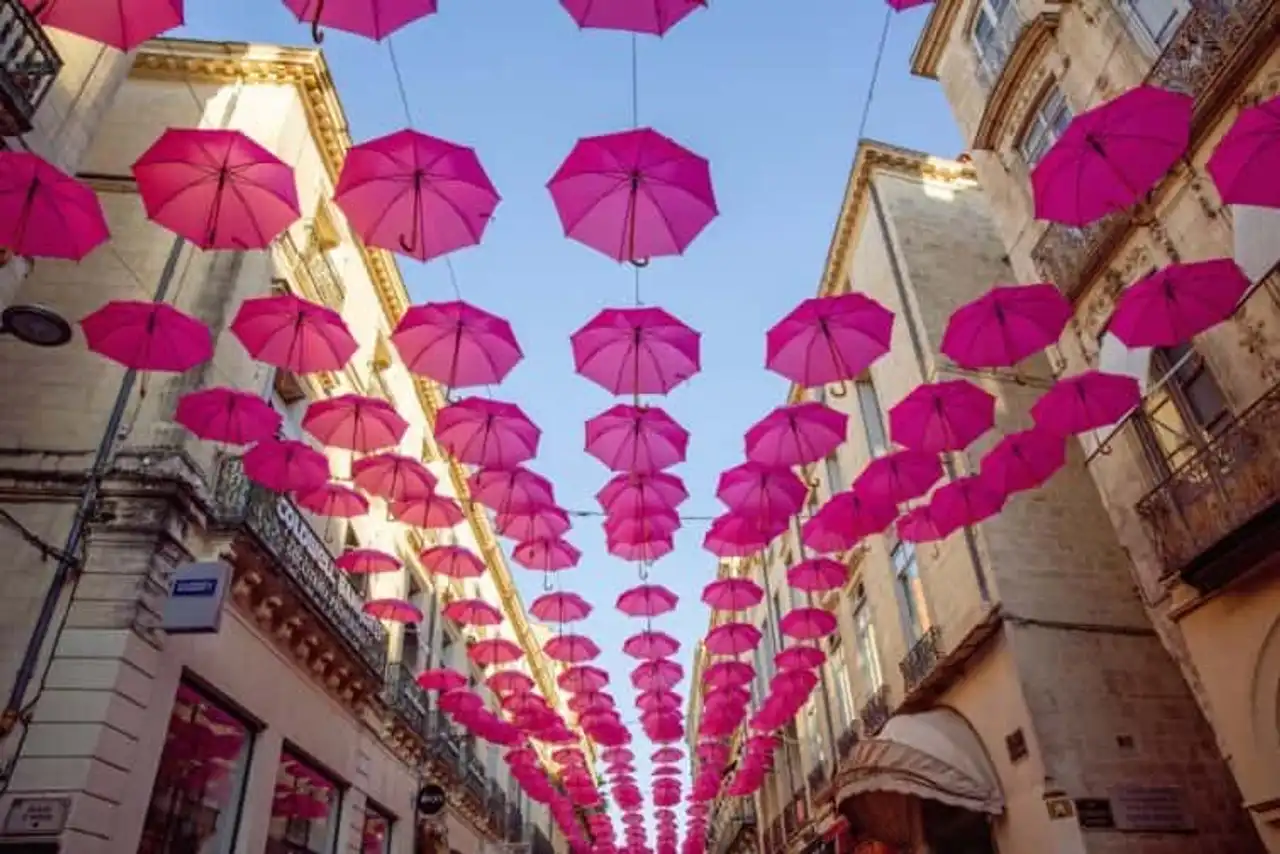
Photo credit: Shutterstock – Alexxxey
Also located in the centre of Montpellier, the Rue de la Loge is an important historical and commercial artery that allows access to the Place de la Comédie by way of the Halles Castellane and Place Jean Jaurès.
Its name refers to the construction of the large log of the merchants by Jacques Cœur in the 15th century. However, its origins dating from the Middle Ages give it another more ancient and Catalan name: " carrieira daurada , meaning “gold career.” Indeed, this street once housed several silversmiths.
The legend of Saint-Roch
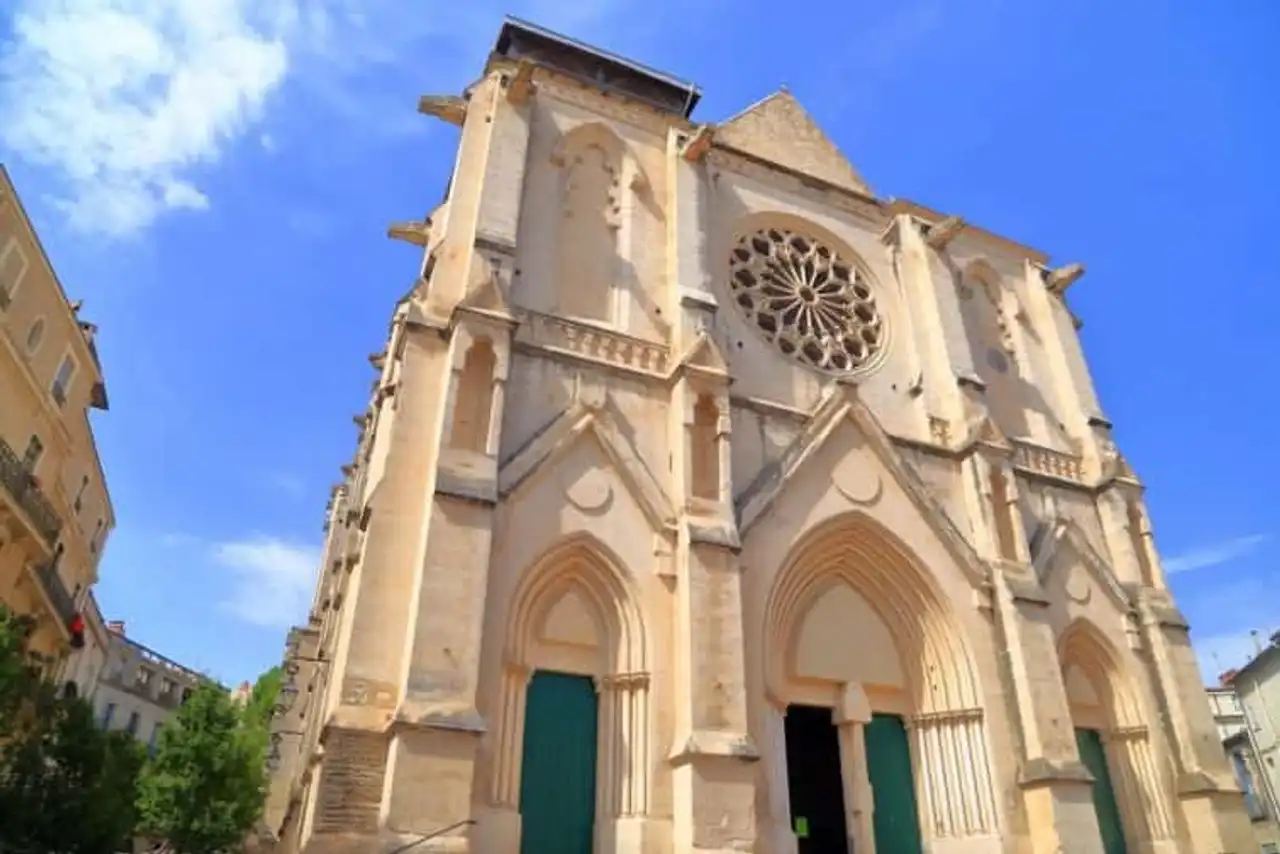
Photo credit: Shutterstock – Inu
The station of Montpellier-Saint-Roch, the district of New Saint-Roch or the church of the same name... A well-known name of all those who have once set foot in Montpellier. But finally, do you know the origins?
This name we find so much simply pays tribute to Saint Roch , patron of pilgrims, often represented accompanied by a dog. Indeed, this Christian marked History with his great goodness.
Originally from Montpellier, he swiped the Italy which was then touched by the plague, miraculously healing the plagues. In turn touched by the disease, he decided to go to isolate himself in the forest where he survived thanks to the hunting dog of the seigneur of the neighborhood who brought him to eat. This is why it is usually represented with a dog.
Thus, the city of Montpellier is intimately linked to the history of this man. Did you know that the station of Montpellier-Saint-Roch has not always been named? Indeed, it was only from 2005 that she was renamed Saint-Roch, an enema that the city decided to pay to this man.
Where does the name of the Antigone neighbourhood come from?
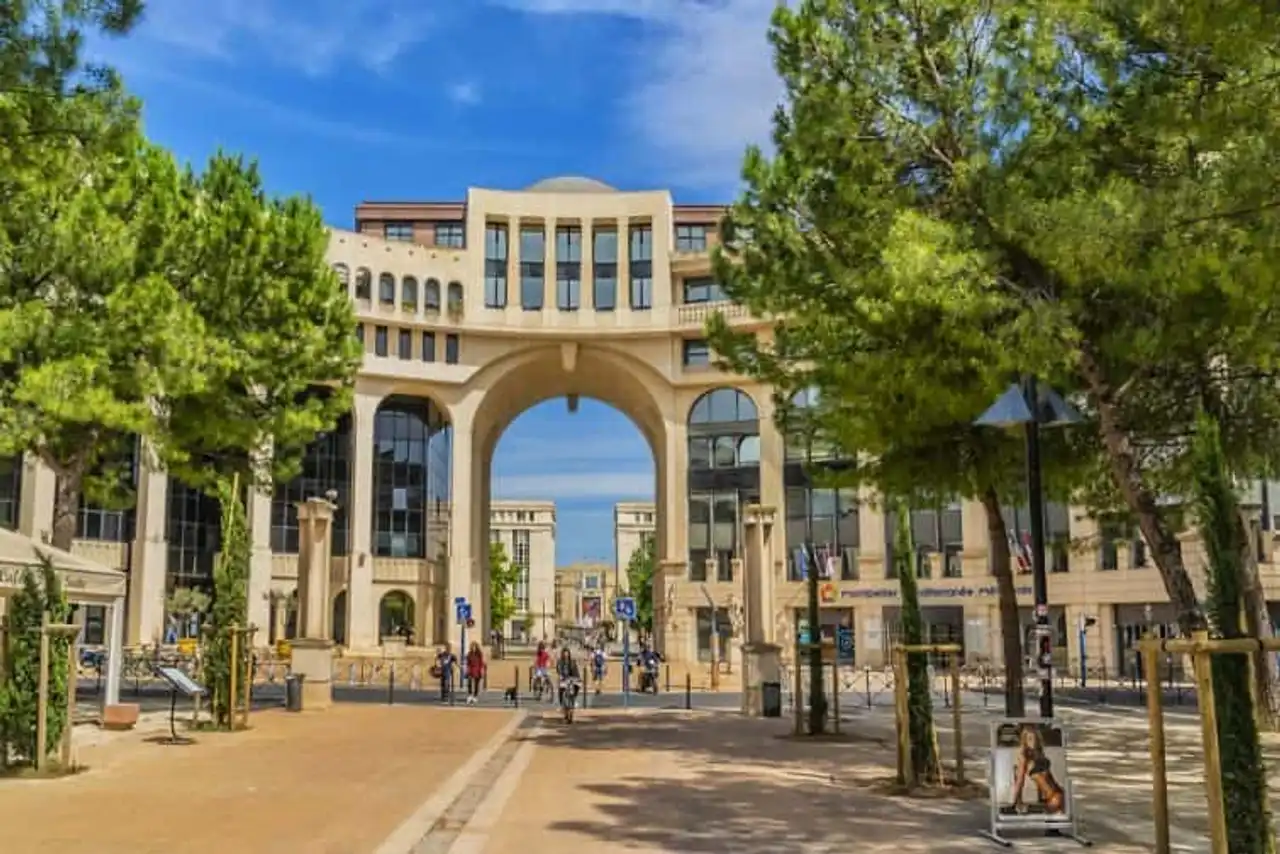
Photo credit: Shutterstock – Kiev.Victor
Designed by Catalan architect Ricardo Bofill In 1978, the Antigone quarter extended from the Polygone shopping centre to the Lez River. Its construction is clearly inspired by the style of architecture Greece antique.
Are you still wondering what is the origin of the name of this district of Montpellier? Indeed, the name Antigone was chosen for the ancient and Greek aspect. But why not Athena or even Artemis? In reality, the neighbourhood was named as opposed to Polygone and the architecture style of the 1970s. Indeed, at its beginnings the neighbourhood turned its back to the shopping centre and was almost closed.
The Zoo of Lunaret

Photo credit: Shutterstock – Michel Valette
Located in the Hôpitaux-Facultés district, the Montpellier Zoological Park is part of Lunaret Park which also includes the Amazon greenhouse and the Lez Nature Reserve.
Being one of the five largest zoos in France, he owes his free to the one who bears his name: Henri de Lunaret . In 1906, the latter bought the Domaine de la Valette with no less than 350 hectares. Finally, he lends his good to the city of Montpellier, where the birth of the zoo later.
What is the origin of the name of the Mosson district and its stadium?
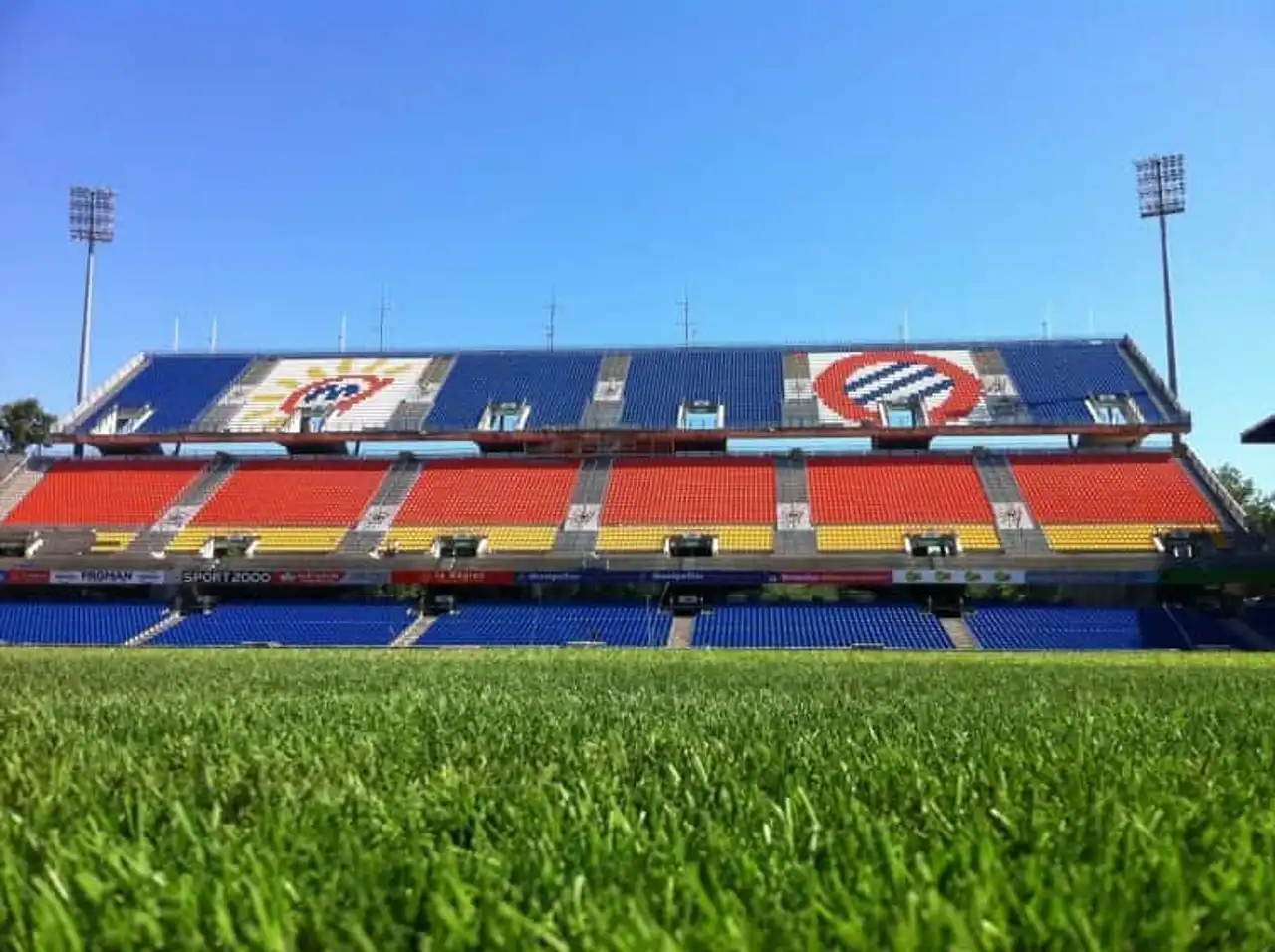
Photo credit: Facebook – Stade De La Mosson
In the northwest part of the city, it has long been called "la Paillade" by the Montpelliérains. Finally, he was voluntarily renamed with the arrival of the tram terminus in 2000, in order to erase the somewhat negative image of the name of "the Paillade".
And why Mosson? This name simply refers to the Mosson, which is a hurried water course along the western limit of the city of Montpellier.
What about the Beaux-Arts district?
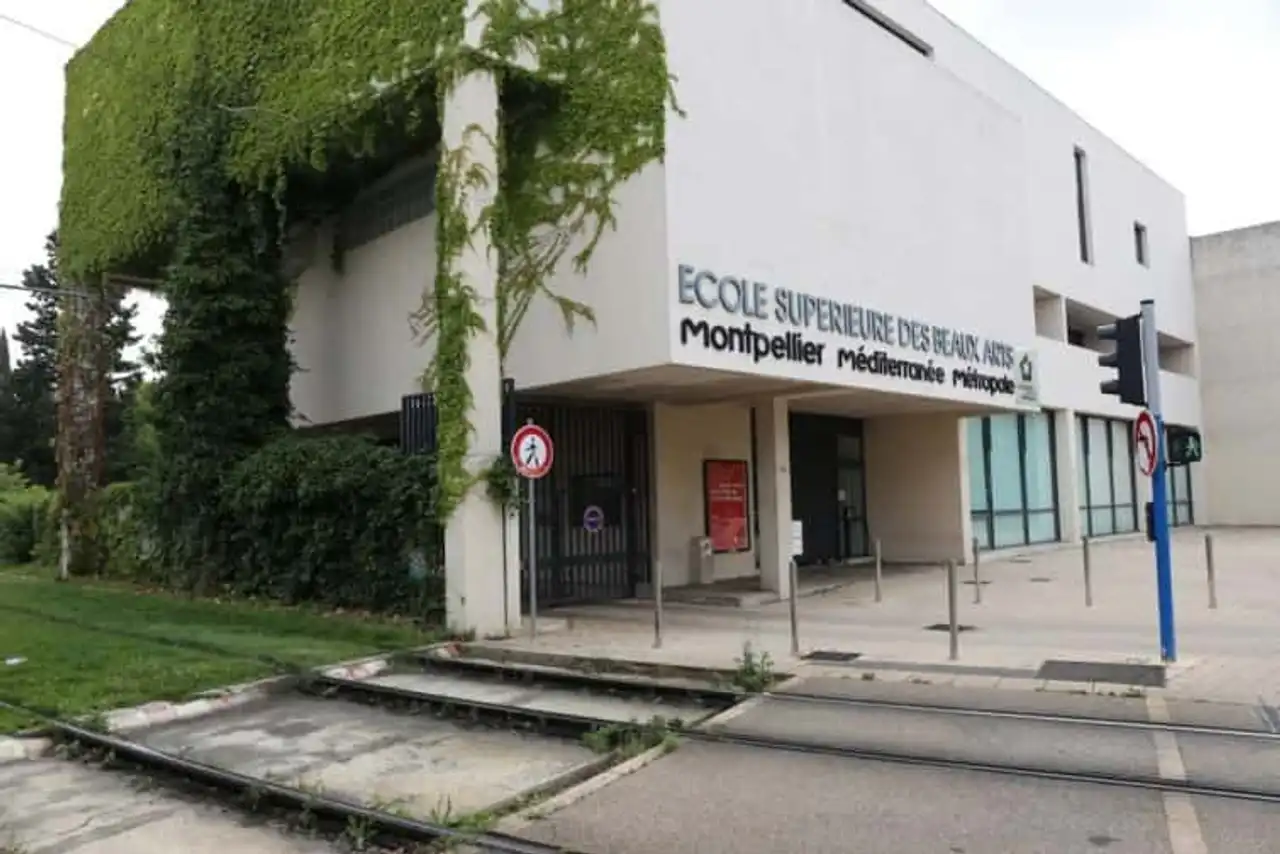
Photo credit: Facebook – BOULENGER Xavier
At the edge of the Mediterranean village, the Beaux-Arts district has the image of the “village in the city”. But did you know that what characterizes the very history of the neighborhood is its slaughterhouses?
Indeed, the famous Place des Beaux-Arts was once the place of the Abattoir. Today, nothing remains of this red period except the rue du Marché aux Bestiaux. Thus, the appellation des Beaux-Arts would hold its origin of the school of this same name.
Why do we call the Figuerolles district like this?
Today rich in multiple identities, the Figuerolles district was once only a small suburb inhabited by peasants, isolated from the rest of the city.
But then, what is the origin of the name given to this district of Montpellier? This very old faubourg would hold its name a big fig tree that the inhabitants used to see in the vicinity of a path vicinal says the "figuairasse".
The Verdanson
With the Lez River, Verdanson is a stream that crosses the borough of Montpellier. In storm times, the Verdanson remains a local curiosity. Indeed, it is enough for a few moments for its low flow to suddenly fill the space allocated to it.
But then, what is the origin of the name given to this stream that crosses Montpellier? The Verdanson was baptized " Merdançon "in the occitane language, because of its smell... In fact, it was once used to pour out the activities of the tanneries and other fragrant activities of the city.
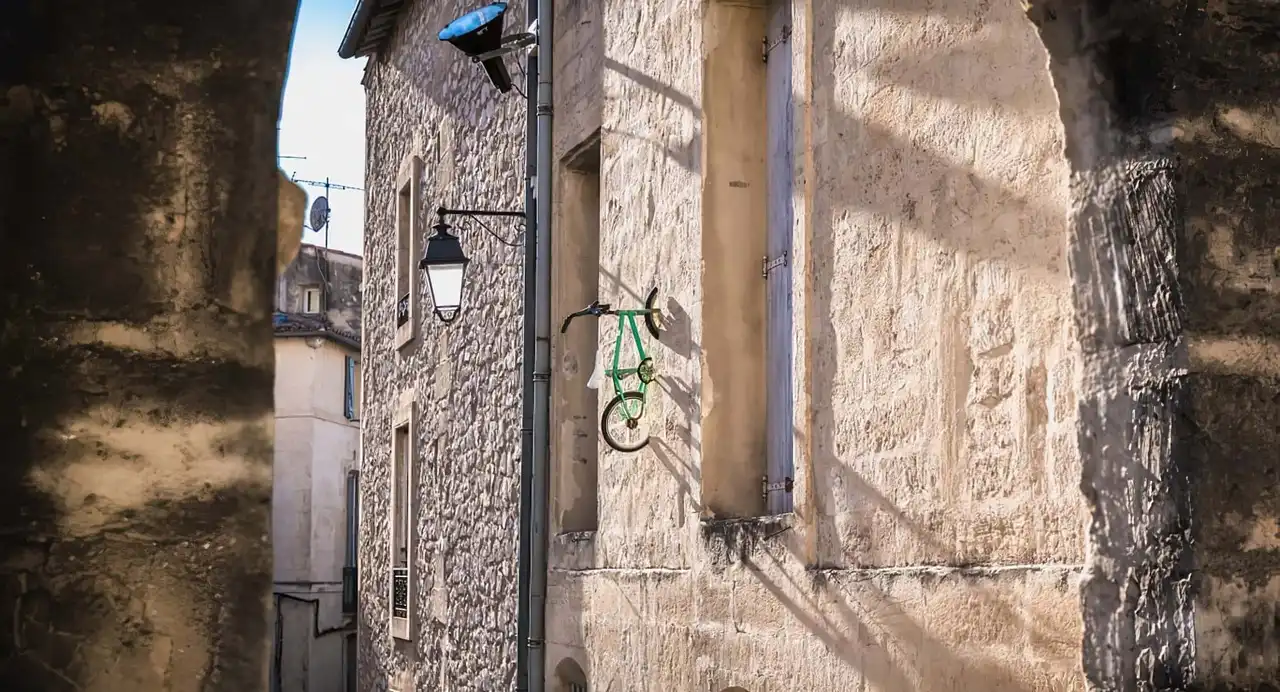




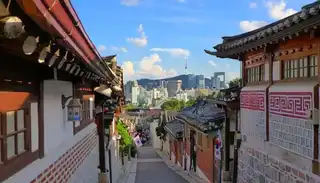
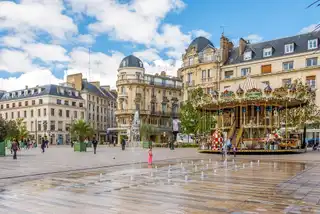

Loading comments ...